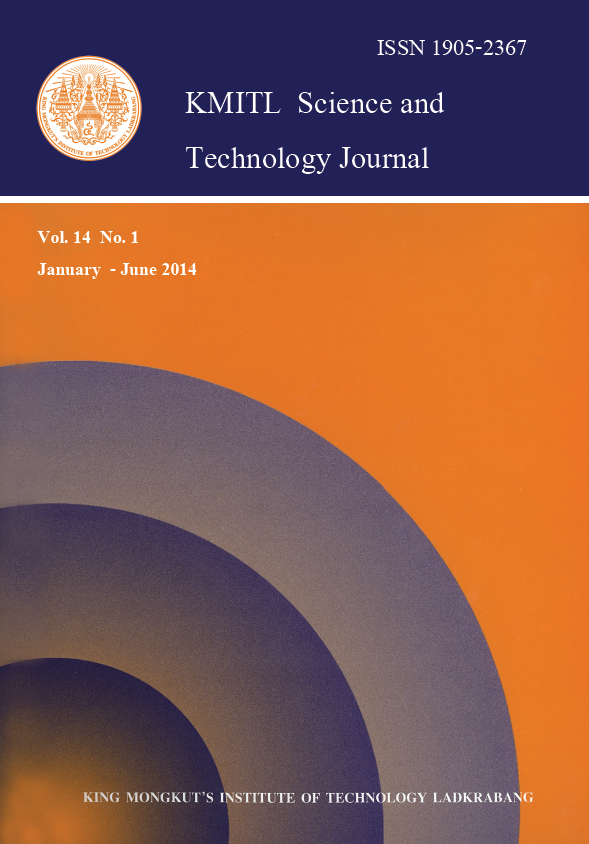The contents of plant chemicals such as volatile compounds, phenolic compounds, fatty acids content and antioxidant activities from Thai edible herbs were determined. Eucalyptol was the most prominent volatile compound in Alpinia galanga (68%). The main phenolic acids (hydrocinnamic acids) in these herbs were ferulic acid, sinapic acid and syringic acid. Ferulic acid was the major hydrocinnamic acid derivative, ranging from 2 to 52 mg/g, followed by sinapic acid (16 to 24 mg/g) and syringic acid (1 to 8 mg/g). Polyunsaturated fatty acid (PUFA) was the most predominant fatty acid found in analyzed Thai herbs, followed by saturated fatty acid (SFA) and monounsaturated fatty acid (MUFA). Four PUFAs including 18:3n-3, 18:2n-6, 18:3n-6 and 20:4n-6 was detected in the samples. Alpinia galangal had the highest omega-3 PUFA (18:3n-3) among all samples tested. Boesenbergia pandurata extract exhibited highest antioxidant activities. This research provided useful information for screening Thai edible herbs as potential sources of bioactive components for consumers and public health workers.
Keywords: Edible herbs, Phytochemicals, Volatile compounds, phenolic compounds, fatty acids, antioxidants
*Corresponding author: E-mail: psriket@hotmail.com
Sriket1*, C. ., & Kittiphattanabawon, P. . (2018). Phytochemicals and Antioxidant Activities of Edible Herbs. CURRENT APPLIED SCIENCE AND TECHNOLOGY, 10-17.

https://cast.kmitl.ac.th/articles/135634